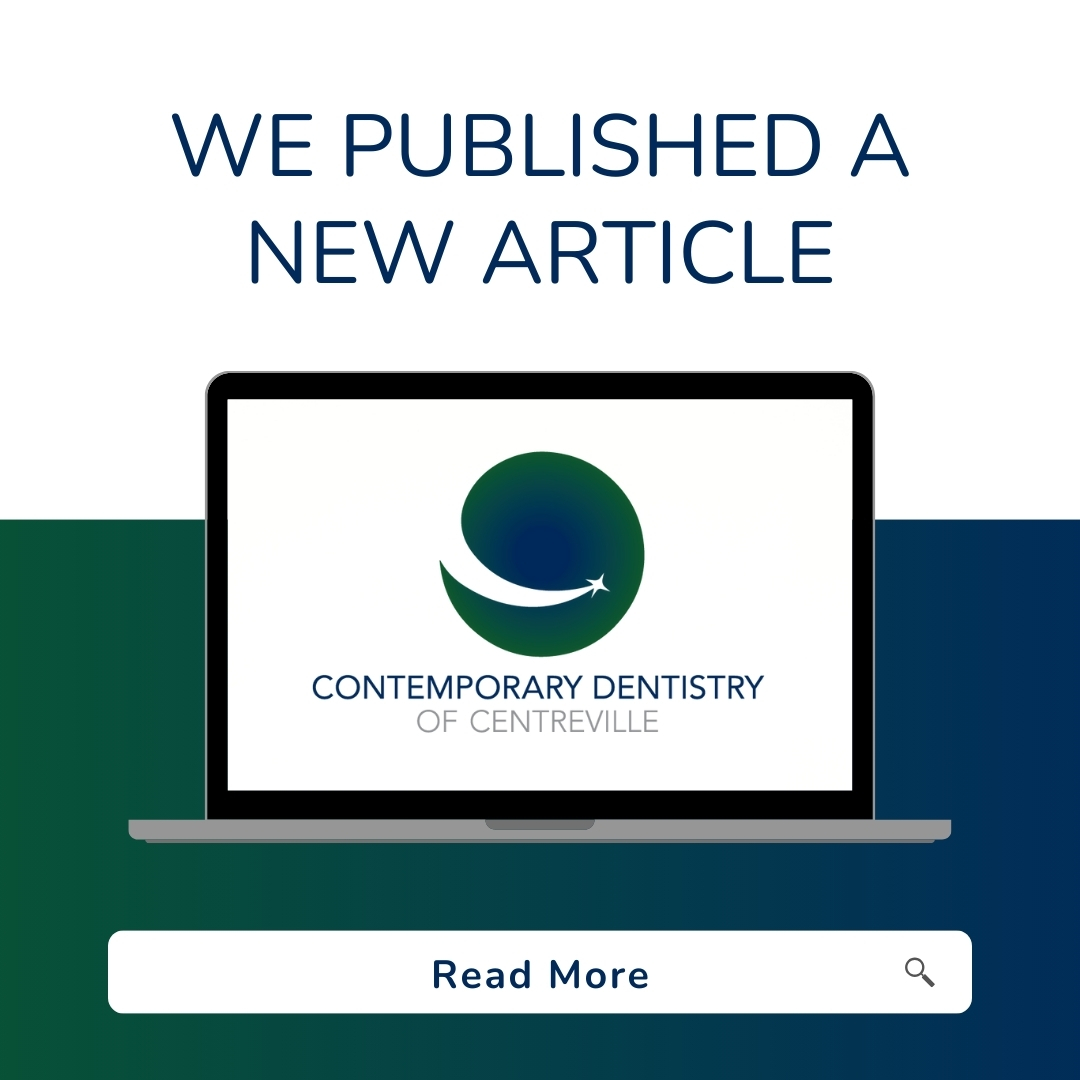
HALLOWEEN IS OUR favorite spooky time of year, but when it comes to sugar’s effects on teeth, all that candy can be downright scary. The reason sugar is bad for our teeth is that it feeds harmful oral bacteria that excrete acid, and the acid erodes enamel and leads to tooth decay. So how can we keep our costumed Halloween adventures clear of tooth decay?
Ranking Candy On Dental Health
Very few houses give away treats like sugar-free xylitol gum to trick-or-treaters, so the chances are slim that the candy will actually be healthy. However, some types of sugary candy are worse than others, or present different kinds of problems.
- Hard candy is a problem because there’s a risk of breaking our teeth if we chew it, but sucking on it isn’t safe either because that means holding a source of sugar in our mouths for an extended period.
- Sour candies are like a double attack against dental health, because not only do they contain a lot of sugar to feed the bacteria, but they are also highly acidic, so they can harm our enamel directly!
- Sticky or gummy candy is especially bad for teeth because it remains stuck there, feeding the bacteria for a long time and giving them a larger opportunity to attack the enamel.
- The good news is that the least harmful sugary candy is chocolate! It doesn’t stick to teeth like most other candies, and the cocoa in it has many beneficial properties. The darker the chocolate, the less sugar will be in it, so aim for dark chocolate.
Reducing The Candy Quantity
Being picky about which types of candy we eat is one way to reduce the risk of tooth decay, but an even better way to do that is by simply eating less candy. As parents, we can help our children out with this by coming up with a plan before trick-or-treating time. We could let them trade the bulk of their candy haul for some kind of non-candy prize or limit the number of houses they visit. We just have to make sure to discuss the plan with them in advance.
More Tooth-Healthy Strategies
There are a few other simple things you can do to reduce the dental effects of all that Halloween candy. You can drink more water to rinse out the sugar, limit the frequency of candy consumption more than the quantity, and wait thirty minutes after eating candy to brush your teeth. The reason for that last one is that it takes your saliva about half an hour to stabilize the pH of your mouth after eating sugar.
Keeping Teeth Healthy Year-Round
The Halloween season will come to an end, but the job of keeping our teeth healthy is never done! Make sure you’re always brushing your teeth twice a day, flossing, keeping those sugary treats to a minimum, and scheduling regular dental visits!














